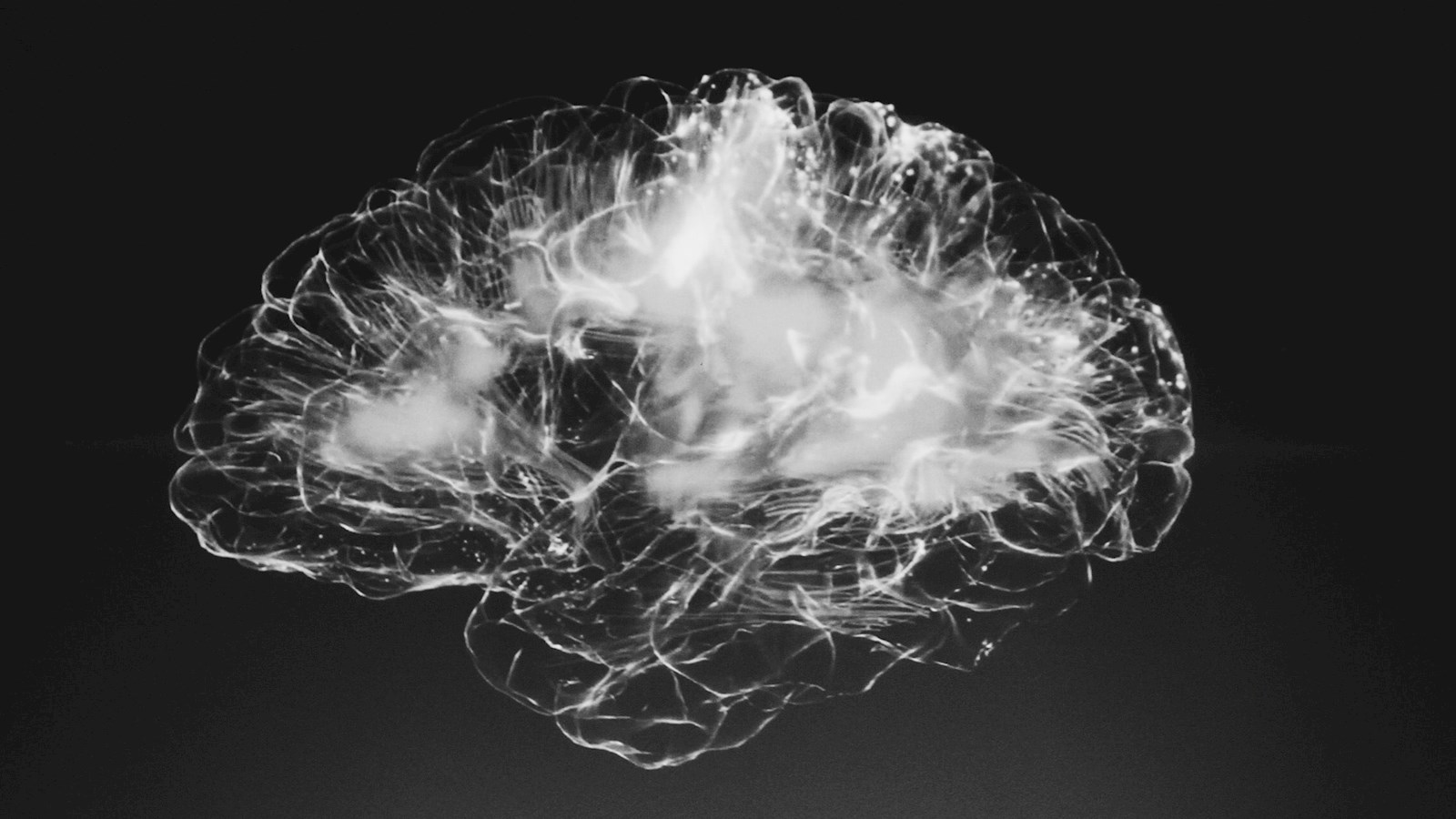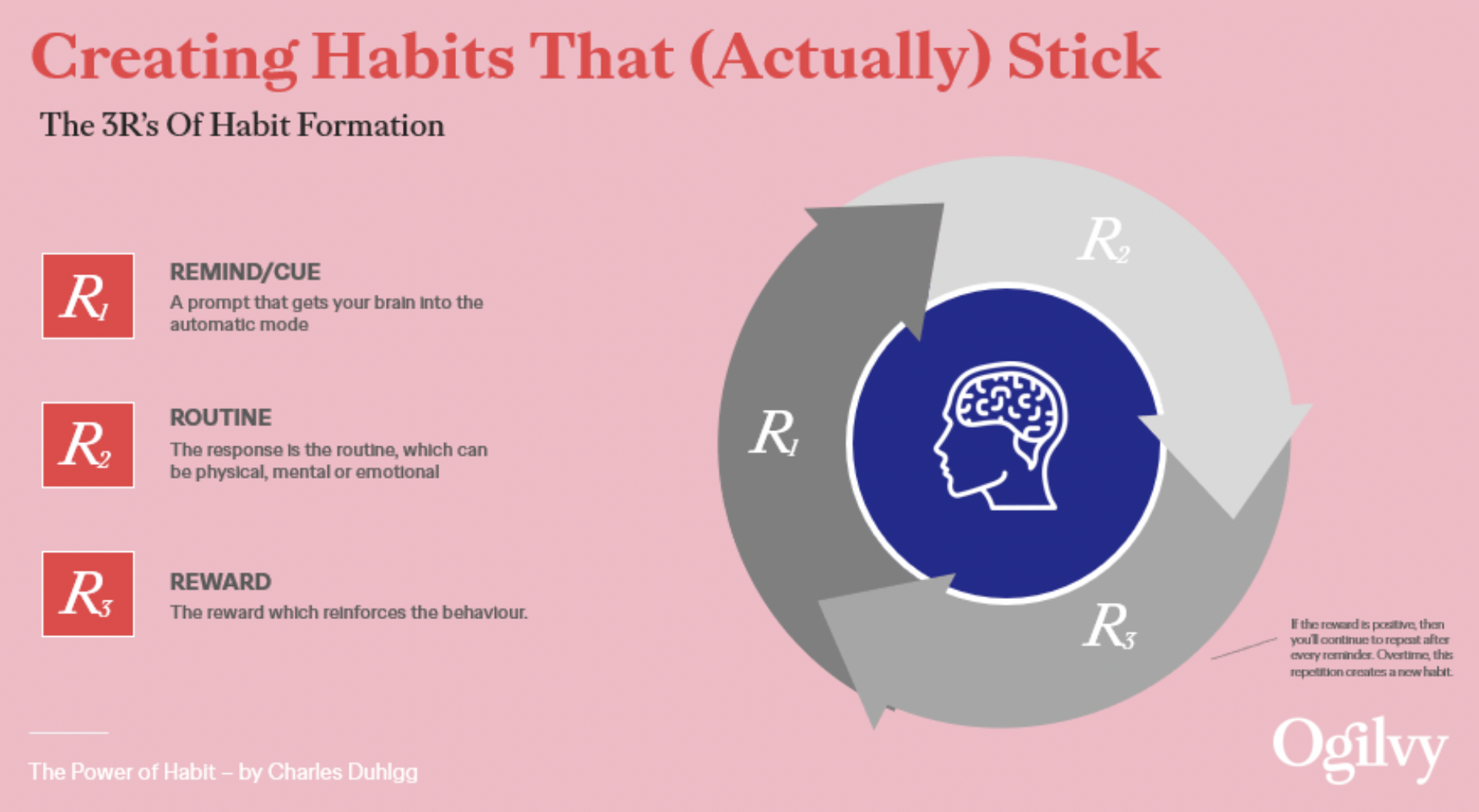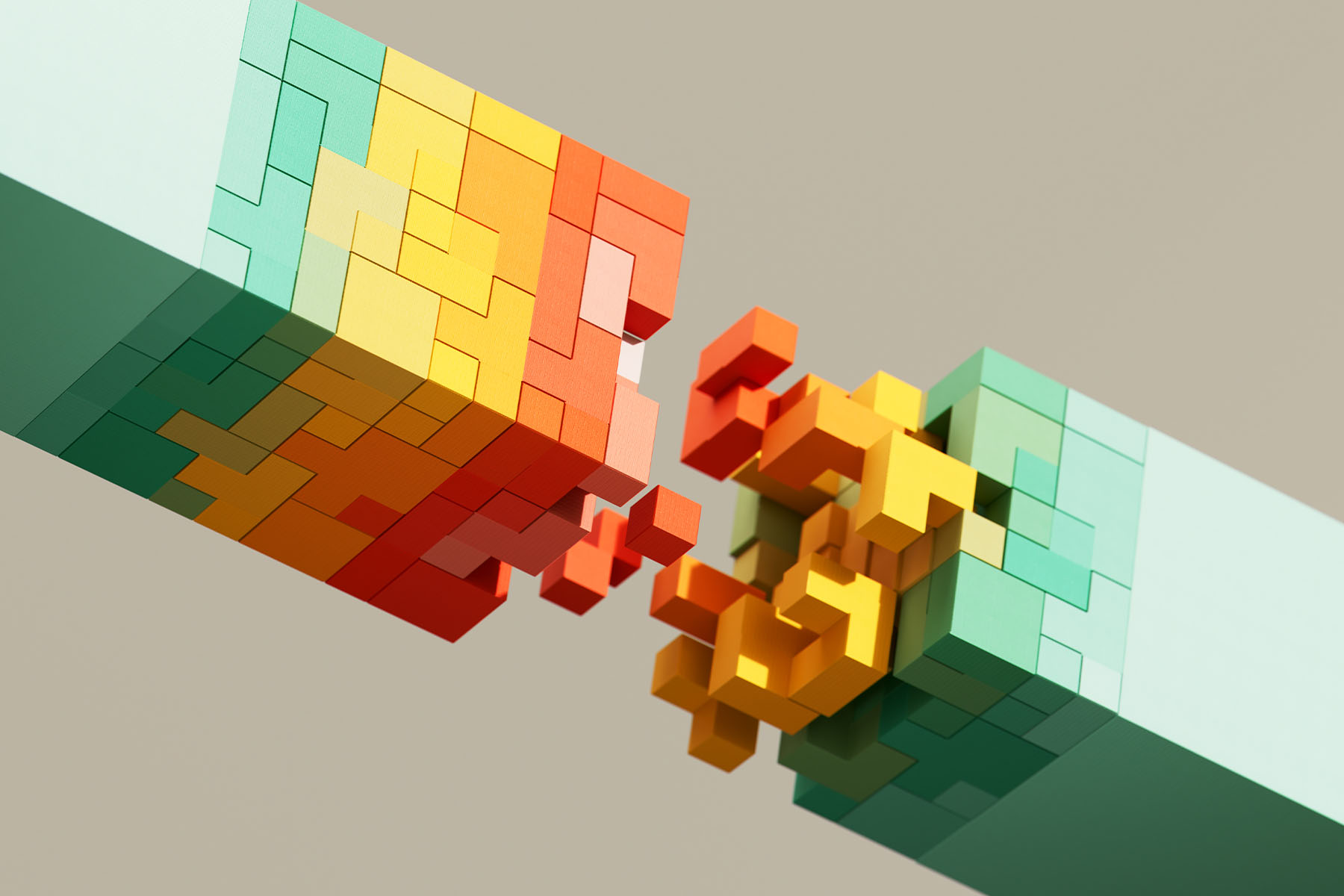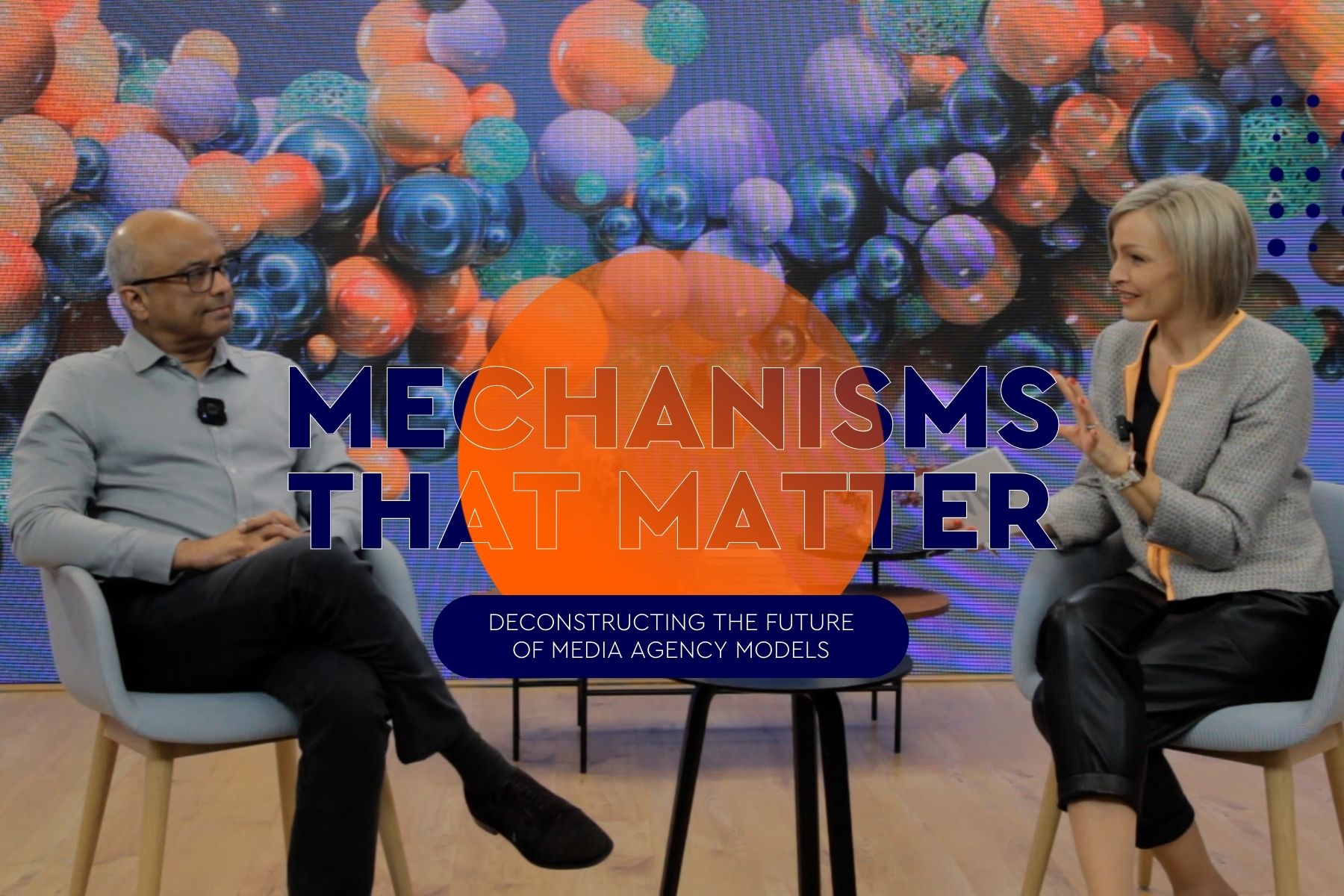
Using behavioural science to create new consumer habits
Adopting a more human-first approach in fluid times of behaviour change
Humans are successful as a species precisely because they rapidly adapt their behaviour to cope with changes in their environment. Across Asia, we’re witnessing an unprecedented period of behavioural shifts in the wake of COVID-19, from panic shopping for daily necessities to an explosion of viral user-generated TikTok dances – and we’re all using Zoom for everything from office meetings to birthday parties.
As behaviour shifts, whether rationally or irrationally, day-to-day habits and expectations also shift. Being able to make sense of the new normal and knowing how to respond is as much a challenge for brands as it is for people, especially those brands aiming to survive across multiple markets in Asia, where each has its own distinct cultural differences.
We’re not all the same
Let’s take social distancing. Each nation describes it differently. Singapore calls it the ‘circuit breaker’ (stop the transmission chain, flatten the curve) while Thailand takes an even more direct stance – literally translated as ‘at home, stop infection for the nation’. But it’s not just terms that differ across borders. Consumer response is also culturally distinct from one market to the next. For example, when it comes to eating in, South Korea and Thailand have opted for more home deliveries and takeaways, whereas millions of Chinese citizens, particularly the urban youth, have rediscovered the joy of home cooking.
With so much happening so fast, brands must keep pace to stay relevant. In a rapid response, companies such as Nike, Coca-Cola and Volkswagen have chosen to reposition their messaging and logos in support of social distancing. Offering a supportive presence at a time of uncertainty helps reinforce brand authority. However, since consumers in Asia “want almost everything from brands”, according to Campaign Asia, just sounding reassuring is clearly not enough.
Understanding the deep drivers
But before acting, it’s vital that brands have a holistic understanding of what is driving the current needs and behaviours of their consumers. Recent developments make it clear that the reaction to the situation defies simple interpretation. Typical market research interprets behaviour by asking consumers “Why are you doing this?” But that’s unlikely to yield helpful responses at a time of frenzied toilet paper stockpiling and furious debate over whether to wear a mask.
This is where behavioural science comes neatly into play. Crucially it assumes that we make decisions and do things based largely on how we feel. In the current context, it can help us explain why panic shopping for toilet paper is a common psychological response to general scarcity. Or how risk aversion and loss of perceived control relates to the choice of whether or not to wear a mask. Or even why the nostalgia effect may be what’s driving the sudden urge to indulge in comfort foods like wagyu beef and cart noodles as a stress reliever amid the uncertainty.
While traditional market research draws conclusions based on observable, typically quantitative trends, behavioural science takes a different approach. It borrows principles and methods from psychology and other social sciences to connect the dots between our emotions and thoughts and how they impact on what we do and what we choose. Because in truth, there’s a huge gap between what we say and what we actually do. We can say we’ll commit to a healthy diet, for instance, but then actually doing so is a completely different story.
Helping form good habits
Behavioural science helps brands focus on human insights. Even more importantly, it also offers clues on how to act on these insights. For example, better hygiene is clearly a priority. Obviously, it’s possible to make a statement about this through branded communications, however 78% of consumers globally want brands to take action and help rather than just talk about it. So, a more relevant response here would be to encourage consumers to form new habits, with existing or new products, for better hygiene. When it comes to forming new habits, behavioural science provides a nifty three-step habit formation model (remind/cue, routine and reward) that can guide brands.

In short, turning to behavioural science during times of such drastic behaviour change means taking a more human-first approach, which is crucial in making brands matter. Brands would do well to access the many excellent resources available to them, such as from Warc, IPSOS, and the Behavioural Insights Team, to help them consider behaviour first and foremost.
published on
05 June 2020
Category
More in Communications

Healthcare communications – diverse, dynamic & different
Communicating about health and healthcare in APAC requires a nuanced and balanced approach

Mechanisms that Matter – How India is fuelling growth for global brands
CVL Srinivas tells Anna Hickey how WPP Open is fuelling a testbed for new working models, innovation, and automation.

Media in India: the future is now
Brands pursuing the Indian market must focus on personalised experiences and data-driven strategies

